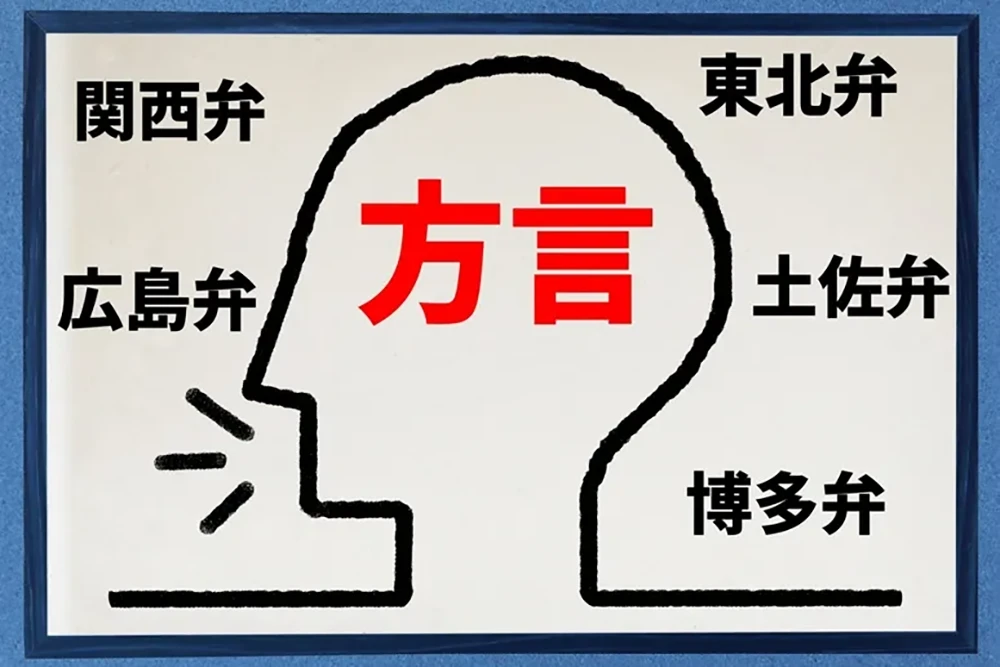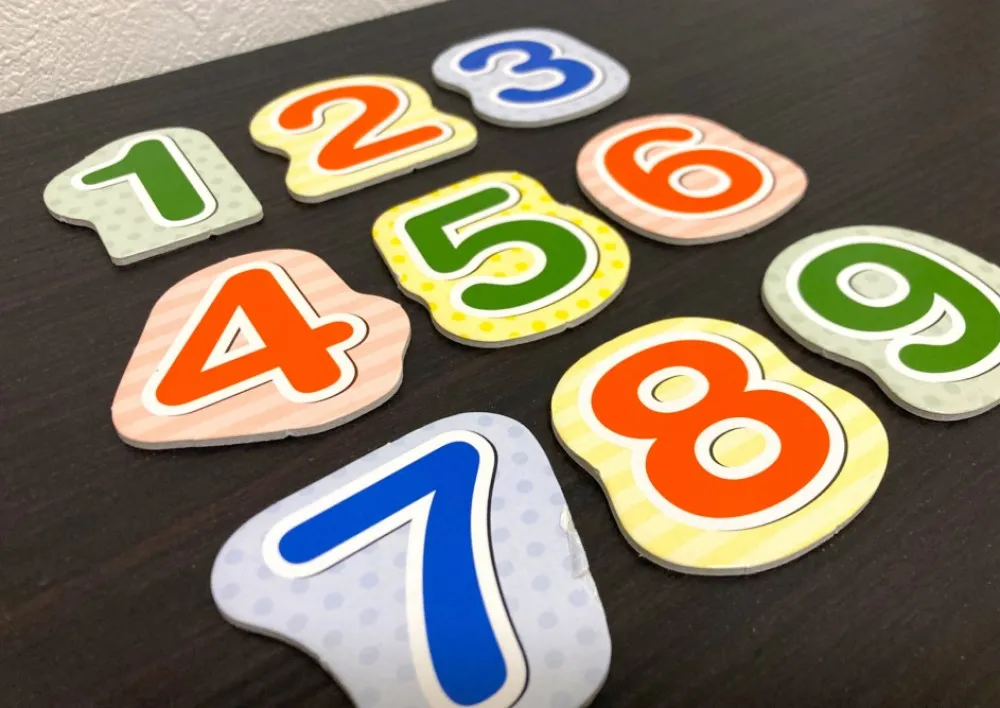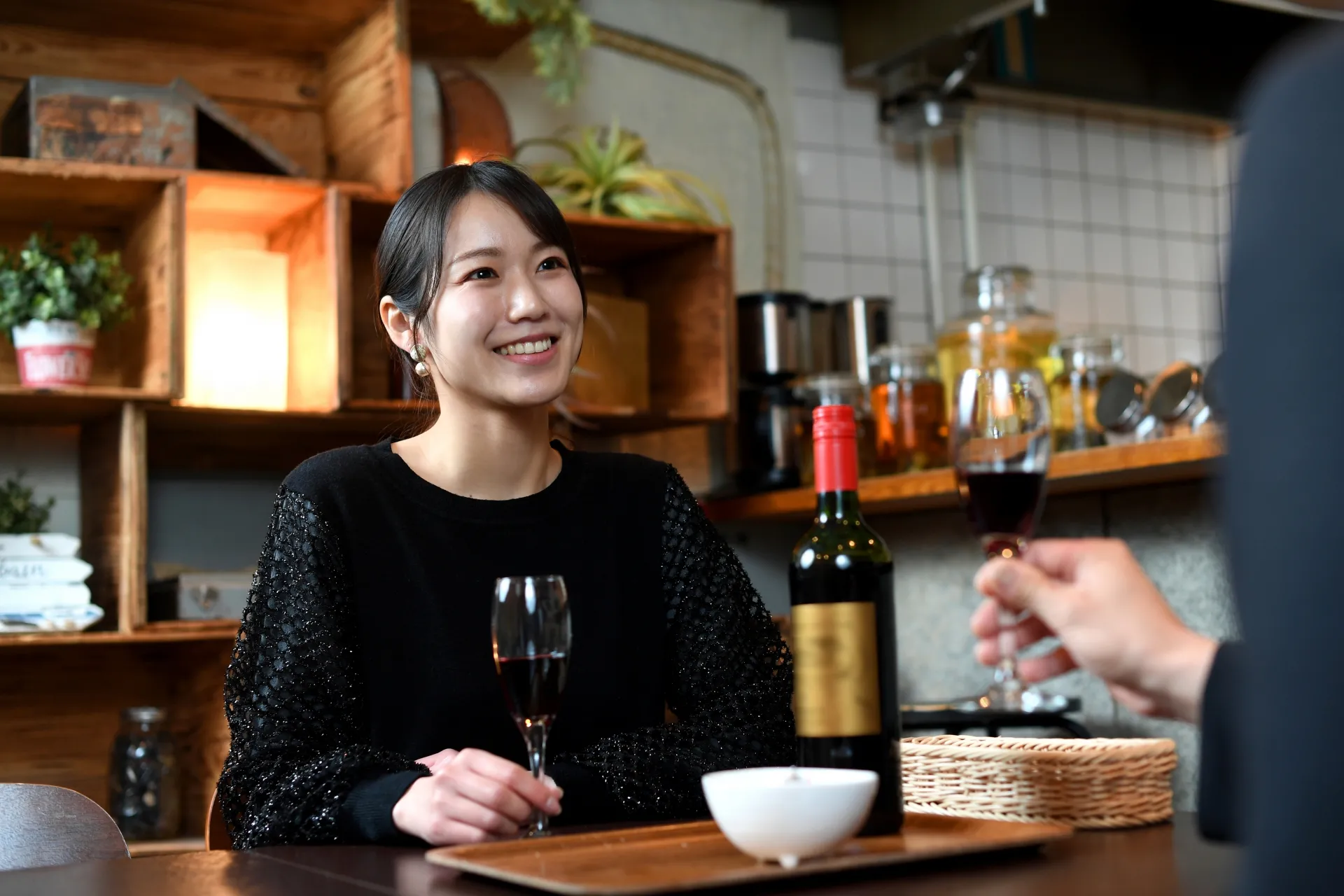

6 Kawaii Kanji Popular with Foreign Learners
Do you enjoy learning kanji, or do you find them difficult? Personally, I find kanji fascinating—they’re like little pieces of art. Today, I picked my top 6 kanji that I, as a kanji enthusiast, think are kawaii or cool. They’re also great for calligraphy or tattoos!
Discover the Charm of Kawaii Kanji
When it comes to learning kanji, they might seem intricate or difficult to write. However, kanji can be fascinating—each one has its own unique structure, sound, and meaning. If you try to see them just once without thinking “kanji is hard,” you might discover one that feels cute or interesting to you.
Today, we’ll explore 6 kanji that are popular among both foreigners and Japanese, categorized into three groups: simple kanji, kanji that evoke a sense of Japan, and kanji with many strokes yet beautifully structured.
Simple yet Kawaii Kanji
月
Reading: tsuki
Meaning: Moon
Origin/Structure: Represents the shape of a “crescent moon” floating in the night sky.
This kanji is relatively easy since it appears at the beginner level. It’s used in 月曜日 (getsuyoubi, Monday) and for months, such as 1月 (ichigatsu, January).
There’s a famous story about the Meiji-era writer Natsume Soseki, who supposedly said that Japanese people should translate “I love you” not as Aishiteimasu, but as “Tsuki ga kirei desu ne” (The moon is beautiful, isn’t it?). The kanji Tsuki carries a gently romantic impression.
心
Reading: Kokoro
Meaning: Heart
Origin/Structure: Represents the shape of the heart (心臓, shinzou). Historically, the heart was believed to be connected to emotions, thoughts, and other mental activities.
心 (kokoro) is one of the most important kanji, as it conveys emotions and expressions. Although it is relatively simple, consisting of only four strokes, it evokes a profound sense of meaning. In Japanese, there are several expressions that incorporate kokoro. For example, “kokoro wo awaseru” refers to several people sharing the same feelings and working together, while “kokoro wo komeru” means to do something with care and sincere attention. I personally appreciate the resonance of this kanji, as it carries a gentle charm. It is also frequently used in personal names.
Kawaii Kanji that Evoke a Sense of Japan
桜
Reading: Sakura
Meaning: Cherry blossoms
Origin/Structure: The original character was 櫻, consisting of 木 (tree) on the left, and two 貝 (shells) placed above 女 (woman) on the right. Together, these elements depict “a woman wearing a necklace of shells.” In ancient times, people observed cherry trees bearing abundant fruit and likened them to a beautiful woman adorned with an elegant shell necklace.
桜 (sakura) is regarded as Japan’s national tree. Its charming petals have fascinated people both in the past and the present. Simply looking at this kanji evokes the scenery of spring, beautifully colored in shades of pink. It is also one of the most popular kanji, frequently used in given names—especially for girls—since it contains the element 女 (woman).
和
Reading: Wa
Meaning: Harmony; Japanese style
Origin/Structure: This kanji is composed of 禾 (grain) and 口 (mouth). One interpretation is that 禾 represents rice and other grains, symbolizing people sharing food and eating together peacefully. Another interpretation suggests that it depicts people standing before a shrine gate, pledging peace to the gods.
The kanji 和 represents “Japanese style” when used in words such as 和食 (Washoku, Japanese cuisine), 和室 (Washitsu, Japanese-style room), and 和服 (Wafuku, traditional Japanese clothing). However, in words like 平和 (Heiwa, peace) and 調和 (Chouwa, harmony), it conveys a sense of a calm and friendly state, free from conflict. The idea of “valuing 和” is deeply rooted among Japanese people, and this kanji is also used in the current era name, 令和 (Reiwa).
和 is a kanji that carries nuances of peace and calm, as well as a sense of connection between people. It is widely used in personal names, regardless of gender.
Intricate yet Beautifully Structured Kanji
誠
Reading: Makoto
Meaning: Sincerity
Origin/Structure: This kanji is composed of 言 (words) and 成 (to become, to accomplish, to complete). Together, it conveys the idea of “fulfilling what one has said,” which gave rise to its present meaning of 誠実 (Seijitsu, sincerity).
The kanji 誠 conveys the spirit of an honest and straightforward heart. This value is cherished by Japanese people, especially in building relationships with others. Therefore, Makoto is widely used in Japanese culture and martial arts, with the saying “makoto wo tsuranuku,” meaning “to uphold one’s convictions and live honestly,” conveying strong determination. This kanji is also popular for boys’ names, as it carries a cool and admirable impression.
愛
Reading: Ai
Meaning: Love
Origin/Structure: This kanji is composed of 旡, 心 (heart), and 夂. 旡 represents a person turning backward, 夂 represents the feet, and 心 is added to indicate the heart. Originally, it depicted “the feelings of a person who looks back and finds themselves pausing,” from which the current meaning of 愛 (Ai, love) developed.
愛 expresses the feeling of cherishing and valuing something. People can experience love for various things, including family, loved ones, friends, pets, objects, and nature. Love is essential for all human beings, regardless of nationality or race. This kanji is somewhat intricate, with 13 strokes, yet it remains one of the most beloved kanji worldwide. One of its most significant charms is that it contains 心 (heart) at its center.
Discover More Japanese with TCJ!
Today, we dived into six kanji — 月, 心, 桜, 和, 誠, and 愛 — and explored their meanings and origins. Which one attracted you the most?
Kanji are often something you feel you just have to “memorize,” and that can be overwhelming. However, by discovering each character through its shape, resonance, origin, and the depth of its meaning, your learning journey becomes easier and more enjoyable. Before you know it, you’ll realize the number of kanji you understand has grown.
The best way to experience the charm of kanji is to learn with our teachers, who are true kanji enthusiasts. Come and discover the character that resonates with you the most!
- Private Lesson
- Japanese for Expats
- International Student Visa Program
- Job Hunting in Japan
- Japanese Language School
- Email Phrases
- Business Japanese
- Keigo
- Japanese For Executives
- Japanese Manners
- Learn Japanese
- Japan Trivia
- Basic Japanese
- Japanese Culture
- Japanese Beginner
- Japanese Advanced
- Japanese Greetings
- Japanese Phrases
- Online Lesson
- Business & Daily Life Japanese Program
- Interview
- Japanese tips
- Kanji
- Want to Learn Japanese

Discovering Japanese Dialects: Kansai-ben, Kanto-ben, Tsugaru-ben, and More

Difficult Japanese Words: Numbers And the Way to Count Them







